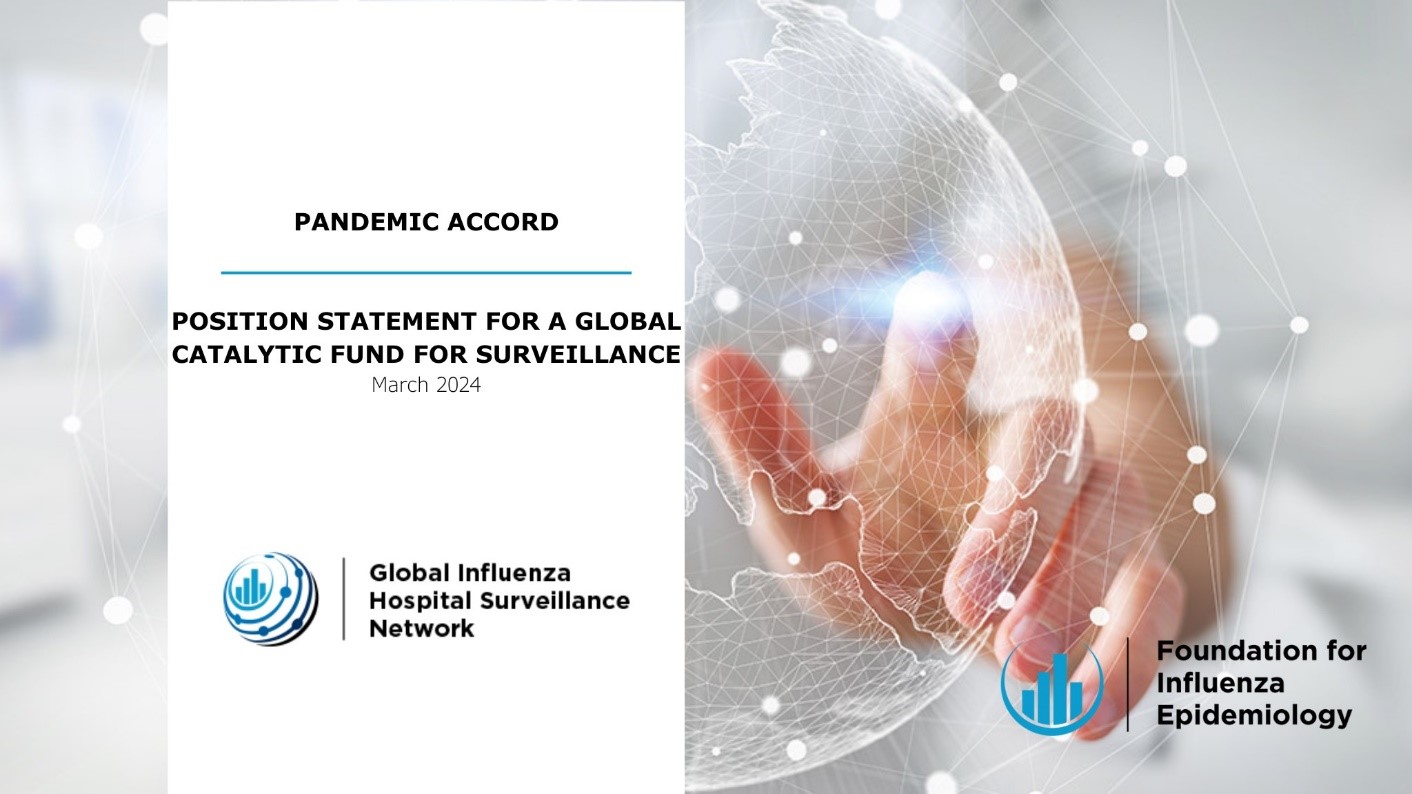The COVID-19 pandemic has further exposed weaknesses in disease surveillance and highlighted the importance of strategic and targeted investments for optimal response. Ensuring laboratories and clinics are connected and have good geographic representativeness is essential if we are to understand the public health relevance of the circulating pathogens.
Public health is a collective responsibility. The role of the industry however is often perceived as constrained to development of countermeasures, manufacturing or as a transactional partner, leading to missed opportunities for joint investments. The Pandemic Accord currently under discussion offers an opportunity to build resilient ecosystems for pandemic preparedness, based on a true collaborative model leveraging both industry catalytic funding and in-kind contributions. Robust infectious disease surveillance systems constitute a shared objective for both public and private sectors. In addition to pandemic preparedness objectives, expanding surveillance data availability is critical to support and incentivize R&D for countermeasures given the high investment risks associated.
There is a unanimous call to improve surveillance, but existing systems may experience capacity constraints in case of scope expansion or surge in demand. Collaboration with additional types of surveillance systems, particularly agile ones, can enhance response and effectiveness, in line with the WHO Mosaic Respiratory Surveillance Framework. The Foundation for Influenza Epidemiology (FIE) offers the opportunity to join forces and to contribute to a more comprehensive respiratory virus surveillance system by scaling up the existing Global Influenza Hospital Surveillance Network (GIHSN).
The GIHSN, initially started with a focus on influenza, has now expanded to become the largest global hospital network documenting respiratory viruses’ circulation and burden (including 100 hospitals in 20+ countries so far). It works in close collaboration with WHO. It is co-funded by local health systems (relying on existing infrastructures) and the FIE which provides catalytic grants from the private sector[1]. This federated network relies on an agile and empowered community of surveillance sites which remain owners of the data they generate, get access to capacity building, funding, and high quality cross-country scientific exchanges. The FIE has demonstrated over more than 10 years solid governance and transparency, allowing to attract an operating budget of more than 2.5M$ per year so far. More than 85% of the budget is allocated at country level for data collection. To date, more than 150,000 hospitalized patients have been screened by the network.
The GIHSN offers critical capabilities in support of future needs and incentives to engage industry. To build the mutual trust needed for the Pandemic Accord, FIE is calling for private sector, multilaterals, member states and civil society to join forces to scale up the GIHSN. We trust that the proof of concept of this newly called Global Catalytic Fund for Surveillance could be achieved in 3 years with a yearly operating budget of 10M$ only.
Cedric MAHE, PhD
President, Foundation for Influenza Epidemiology
www.gihsn.org
[1] Donors currently include Sanofi, CSL Seqirus, Abbott and Pfizer


